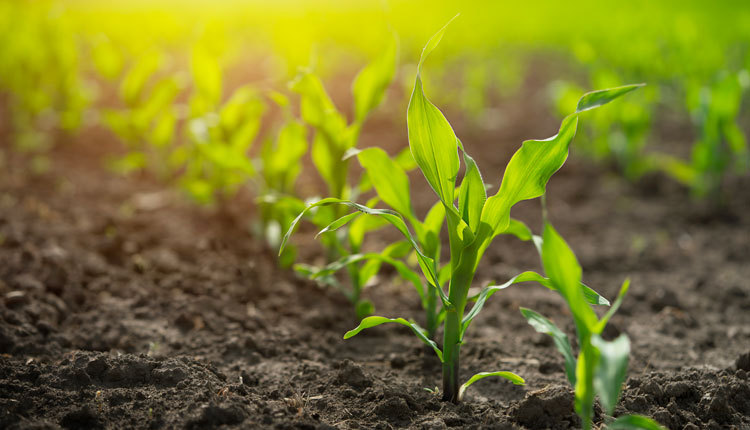
The following benchmarks have come up in discussions over the past two months: income over feed costs, cost per pound of dry matter, feed conversion efficiency, yield per acre, milk per ton, cost per ton of total digestible nutrients (TDN), carbon footprint, carbon intensity score, and emission factor, among others. These are different benchmarks in their own right, but each key performance indicator accounts for some efficiency aspect in dairy farm production.
In the May 2024 Feeding Fundamentals column, “The next generation of farm benchmarking,” we highlighted big opportunities among high-performing dairies. We uncovered a $3.50 per hundredweight difference in income over feed cost among high-output dairies and then further explored evolving dairy performance benchmarks, including carbon footprint assessment. Roughly a year later, following the third annual Professional Dairy Producers (PDP) Carbon Conference, let’s continue on this path together as my thoughts evolve in benchmarking and reporting.
In 2024, I hesitated to recommend dairy producers invest in carbon footprint assessments. At the time, some milk processors were actively collecting information to conduct Farmers Assuring Responsible Management (FARM) environmental stewardship (ES) v2.0 or other evaluations. PDP was also rolling out the “Your Farm, Your Footprint” initiative. Yet, I wasn’t convinced dairy producers should voluntarily pursue carbon benchmarking. My reasoning was multi-faceted. The data reporting process is time-consuming for dairy producers, and time is hard to come by. I also had questions about data ownership and if there was a value exchange in return for the information or data. Then I also recognized the currently available models weren’t overly sensitive to feed and nutrition information. This last point about feed and nutrition was a major sticking point for me. So, let’s expand a bit further here.
Patrick Wood of Ag Methane Advisors taught me that feed production and enteric methane emissions from dairy rations account for roughly half of milk’s carbon footprint on the grocery store shelf. With some consumers globally seeking more sustainably sourced milk and dairy products, dairy consumer packaged goods companies are, in turn, seeking high-performing dairies in both milk quality and sustainability benchmarks. Understanding that feed production and enteric methane emissions are moving the needle on a dairy’s carbon footprint, it should be clear as day why we’re under the microscope in these areas.
Coming back around to carbon footprint models, in my opinion, we need to accurately account for feed and ration information. Part of my shifting carbon benchmarking position in 2025 is due to a new FARM ES model on the horizon that stands to better account for feed and ration information, thanks to a Ruminant Farm Systems (RuFaS) submodel. Don’t worry about the details here, but trust there’s a path for more accurate information to be accounted for within carbon footprint modeling. This alleviates one of my strong concerns in 2025.
I also came away from the 2025 PDP Carbon Conference with a new belief that it’s not a matter of if, but when, dairy producers are going to be asked for their carbon footprint. This benchmarking will likely become a norm for us in years to come, much like somatic cell count has become a milk quality benchmark. Your dairy can stay ahead of the curve in exploring this newer benchmark this year.
Ensure your carbon footprint benchmark is as accurate as possible, including with advanced feed and ration information. If you’re being asked to provide farm data for environmental stewardship efforts, be sure to ask how the information is being used. Ask what model is being used, and if feed or ration information is being fully accounted for in the model. Also, don’t hesitate to ask about data ownership, as this is still a strong question.
Building on this last point, one other novel talking point a couple weeks back was a growing realization that dairy farm data has intrinsic value. The value comes to light when more informed decisions are made and profitability improves. Beyond day-to-day management decisions, additional value may be realized in the future where dairy efficiency and sustainability data are needed for reporting and verification throughout the dairy product supply chain. Don’t forget that efficiency and sustainability go hand in hand. I fully expect that more efficient production, with feed conversion efficiency and profitability gains, also equates to a more desirable carbon footprint. I want to see us document this fact, and it’ll be an exciting insight to track, with carbon footprint benchmarks added to our key performance indicator portfolio.







